I wanted experience. I wanted adventure. I wanted to be a field biologist.
I had gotten a taste for that life during two previous jobs I had worked: one season tracking squirrels in Eastern Washington, and one season tracking song birds in urbanized areas within Seattle. I had been filling the in-between-season field jobs baking for a friend’s start up Swedish Bakery and I found that I loved using my hands, baking, and eating my failed experiments, but it wasn’t my passion. It wasn’t field biology.
I had subscribed to a bird jobs list serve and constantly weeded through all the advertised opportunities as soon as they rolled in. There seemed to be so many out there, yet I was coming up short on ideas. Some were in states I didn’t want to live in. Some were studying animals I didn’t care to study. None seemed to be at all lucrative. At that time, age 26, I was married and that also limited my range of exploration. I felt I needed to stay ‘close to home’ for the sake of having a relationship. Requiring a wanna-be-field-biologist to limit the range of stomping ground to urban Seattle proved very tricky. Not to mention, I was born with the wanderlust bone.
If I was going to spend a couple months doing a seasonal job I might as well go big and go international! I started to look through those bird job postings that were short-term in other countries. I came upon one position in Peru. The woman wanted help during the season mist-netting birds and I thought it sounded fantastic. I applied AND interviewed. It turns out the graduate student in charge of hiring decided upon someone who already had previous extensive bird experience. I had experience mist-netting songbirds in Seattle but she wanted someone more familiar with her particular bird species.
I felt frustrated. Not to mention inadequate! It seemed that everyone wanted someone who was trained, but no one wanted to train anyone! Understandably, some projects are on tight deadlines and taking time to train people does detract from the progress of the research. I had seen workshop opportunities come through the list serve which taught the skills for bird research but those typically charged $400-500 and as a poor field-biologist-wanna-be there was no way I could afford that. What was I to do?!
Keep Looking
I came upon a job posting for field biologists to go to Mexico and study the Maroon-fronted parrot. Camping in the mountains? Learning Spanish? Hanging out with parrots? Sign me up! Only one problem… it was volunteer. So I would get no money AND I would have to pay my way there. But once in country, I wouldn’t have to pay for food or lodging. Interesting. I applied despite this not being a paid-position and was ecstatic when asked to come down for two months (if you ever want to feel worthy and needed, apply to as many volunteer gigs that ask for your money. They will always want you, naturally, and it will wash away the pain of rejections from any other opportunity you tried for and didn’t get.). This time frame would span halloween and my birthday, but I jumped on the opportunity. This was my first experience with international field biology and I wasn’t entirely sure what to expect.
How Could I Afford an Un-Paid Volunteer Position
As excited as I was, I’m honestly not sure if I would have taken the opportunity had I not been married with the financial support of my at-that-time husband. How do people make this contract field biologist thing happen when so many of the opportunities are volunteer based?! (Disclaimer: I’ve done a lot of volunteer jobs over the last 9 years since graduating undergrad, paying with my own money. Even though I agree with this man’s thoughts that volunteer wildlife “jobs” are a bit on the exploitive side, I do not regret any of them. They do count as experience on a resume and I can at least feel good knowing I’ve given back my time and dollars to help other researchers in wildlife/conservation field (its notorious for being tight on funding). I just keep telling myself that some day it will all count for something.)
None-the-less, I was feeling so stagnant and agitated not being able to gain experiences in field biology that I figured, “What the heck, I’ll just go for this even though its volunteer and hopefully I won’t be shooting myself in the foot or setting myself back career-wise.”
Off to Mexico
I didn’t know a lick of Spanish before going, so I brought a pocket dictionary and Spanish for Dummies. I also started listening to Pimsleur Spanish Language CDs from the library, which I highly recommend to anyone wanting to learn any language.
I arrived in Monterrey, Mexico, alone, with three days to kill before I met my team. The lodging I stayed in had been rented out to a Peace Corps kid and it was hot and muggy. The kind of muggy that clings to you throughout the night. The other field biologists I would be working with, Sarah Brown and el jefe Rene Valdes, had already been on the job out in the field for a month before I arrived.
We would be working on a project in Cumbres de Monterrey National Park studying the breeding behavior of the Maroon-fronted parrot (Cotorra serrana oriental (Rhynchopsitta terrisi)) run by scientists at The ITESM Campus Monterrey.
My Field Partner
Sarah and I hit it off immediately. I remember many things about our time together but there are three main stories I like to tell:
Story 1: Sarah had a passion of hunting down and eating every single junk food item we had stashed on days it was too foggy and cloudy to see any nesting cliffs. We would plug in the laptop, huddle under blankets, and eat snack bar after snack bar, cookie pack after cookie pack. Until there was no junk food left. Rationing was not in her vocabulary.
Story 2: When we were back in the city refueling from our 1-2 weeks out in the field Sarah loved watching scary movies…while eating junk food, obviously. Once, we attempted to bake a box of brownies in a skillet that we put in a brand new oven we weren’t even sure turned on. After watching this brownie slowly cook for over two hours we realized the best the oven did was reach preheat and we devoured the crusted edges and left the gooey middle. I discovered gooey brownie batter is not as delicious as cookie batter and I discovered that horror movies are really not as scary as you believed they were when you were a child.
Story 3: I suppose with all that junk food eating you won’t be surprised to hear the last story. Sarah also ran. A lot. Every. Single. Day. In fact. You have to understand that the areas of Mexico we were in only gave way to bumpy roads full of rocks and roots waiting to twist your ankle. She would put in her headphones and set off for about an hour running along these mountain roads. I thought she was crazy. At that time I wasn’t a “runner”. She kept trying to convince me that I could do it but I just shook my head no. Sure I’d go for a jog with her in the city on the pavement for a mile or two. It wasn’t until she convinced me to sign up for a 10k race with her that I started thinking maybe I could give running a try. You can never understand why a runner does the things they do until you also become a runner.
I had no idea what to expect and I hadn’t brought running shoes with me to Mexico. This didn’t stop Sarah from reeling me in. We promptly went to a shoe store and I had to use my pocket dictionary to communicate my desires to try on and purchase a pair of shoes. I walked out with a pair of Nike Pegasus Running Shoes. And socks.
The race was hard for me. Brutal. I cramped. I stalled. I held in a bit of Montezzumas revenge. Ultimately I had a blast. I was amazed at the organization of the event, and the fact that they were handing out beer at the finish line. I was also amazed that running 6 miles could feel so brutal yet rewarding.
(For your information, six years later, I am now a marathon maniac, having run multiple marathons in places such as Antarctica, Chicago, San Francisco and Seattle, 50ks, and ultra-marathons including the completion of 95 miles in 4 days. I am proud to say my race running career got its start in Mexico. I blame Sarah for all of it ;))
A Typical Day
Any field adventure has to start with a good trip to the grocery store. Shopping in a foreign language is an incredibly entertaining experience like a kid on a scavenger hunt. We lived off of ‘avena’ oatmeal, ‘aguacate’ avocado, ‘atun’ tuna, and carrots. Items that won’t perish easily. We started our meals with tasty things like shrimp ceviche, then move on to chicken dishes, and by the week’s end we were eating canned food and rice. We usually never had desserts around, as they quickly got consumed early in the week, especially on foggy days.
Our boss, Rene, knew all the nesting sights and each day we would camp together near a cluster of sites then split up during the day to individually observe a specific cliff.
We woke before sunrise. Standard practice for field biologists. We threw on warm clothes and began our 45 minute hike up the rocky desert slopes. It was important to avoid brushing up against the spines of the agave cactus as a tiny scratch could leave a wound for weeks. We reached our cliff site panting and sweating. Not only was the terrain steep, we were also at elevation which made any athletic person feel out of shape.
Sarah and I had walkie-talkies which allowed us to communicate the couple of meters we were separated. The days sometimes felt long. Some days were blistering hot, other days were freezing cold. We had come ill-prepared and went into town to purchase more warm layers.
After a 12 hour day we began our hike back down to base camp, just in time to make dinner before dark. I did my best to take that down time to study Spanish but at night there wasn’t much to do, so we would drink cup after cup of chamomile tea in an effort to put ourselves to sleep. Field days = early to bed, early to rise!
Boys, Guns, and Pecans
One day, observing a nesting cliff up a dried river bed, two young boys with guns emerged from the bushes. I was nervous. What was a gringa, attempting to tan in a sports bra, knowing no Spanish, doing in the middle of nowhere. “How is this going to go?” I worried. They seemed just as bewildered to see me there and stood next to me for 20 minutes as we awkwardly tried to communicate. I tried to explain that I was there to observando las cotteras por el institut tecnologico de Monterrey and all I could manage to understand from them was something about being afraid. Afraid of what? Oh please don’t let me be afraid of you and the guns! I gathered from the word ‘oso’ that they were chasing after bears. I didn’t even consider bears in the area! They soon left and I thought I’d remain alone. A few hours later they came back and handed me ‘un regalo’, a gift, of hand-picked pecans from their farm.
They were the best pecans I’ve ever eaten.
Mountain Folk
Since we were in the mountains we ended up staying with a number of mountain farmers. Young couples, old couples. One young girl would come visit us and we would say nothing to each other. We’d just sit in silence pantomiming a gift offering of tangerines or chamomile tea while she smiled and waved us off. One day she came to us and showed us her skills in embroidery. She had been stitching colorful parrots onto napkin cloth and wanted to sell it to us. We, being broke volunteers, had absolutely no money on us and couldn’t help her out in that way.
One of the older couples, whom we called abuelita, made us cups of chocolate milk, nescafe, stovetop beans, and to-dye-for salsa verde. We asked for her secret recipe but weren’t convinced she told us the whole secret. All she mentioned was the need to boil tomatillos. One night we watched her and realized she was adding at least a half cup of oil and a dash of salt and pepper. It all made sense then.
The Parrots
The Maroon-fronted parrot is native to Sierra Madre Oriental mountain range in Nuevo León, northeastern Mexico. There are only 2,500-3,000 in the wild and their conservation status is Endangered due to overgrazing and habitat loss. Sitting in front of one of the largest nest sites, El Taray, felt like being in the front row of the movie theater. The parrots were most active during the morning and evening, but during the middle of the day the whole flock would take off and disappear. I have no idea where they went or what they were doing. I also think GPS-collaring parrots and macaws can be expensive and difficult because they are constantly preening themselves and each other.
The goal each day was to match up a hole in the cliff (a nest sight) with its location on a marked map of the cliff (each hole had a number). We would scan back and forth with binoculars and count how many parrots we saw at each hole. Over time more voices started to echo out of the holes. Chicks! Once nesting sites were marked with chicks we watched the entrance like a hawk. Literally. The biggest threat to these chicks upon emerging is being swooped up by a Red-tailed hawk. Inevitably we would miss the event because the chicks were smart enough to wait until it was foggy to fledge. Too foggy for us to see, too foggy for the hawks to see.
Celebrations
While I was in Mexico we celebrated Halloween, and my birthday. We were in the mountains with no costumes so to make the best of it we used what we had. Sarah dressed as a caterpillar using a sleeping bag and I dressed as a trash mummy using toilet paper and garbage. For my birthday Rene and Sarah were really sweet to surprise me with a mini-cake from a delicious bakery in the city.
The Aftermath
When I got back to Seattle in November I started looking for jobs. By January, only “suffering” two months of unemployment, I found employment at a Seattle-based non-profit called the Institute for Systems Biology where I’ve been the last 5.5 years studying the response of algae to climate change scenarios. How did all my background in field biology ever land me a job in oceanography?! Turns out that worry about shooting myself in the foot by taking a break from lab science to do field biology worked in my favor as it was exactly that field experience that convinced my current boss I wouldn’t be just another lab tech; I was a person who actually cared about the environment.
Moral
You never know what experiences you will gain or when they will work in your favor. The important thing is that when you take a little leap and try something seemingly risky or adventurous and new, you will never regret the experience. You will never regret the time you spend outside. You will never regret wildlife. You will never regret travel. And you will never be as lucky as you are on the days you wake up surrounded by nature.
Want to see even more photos from this trip? Check them all out by clicking this link here.
Word from the author: Back in 2006 Facebook was still just a thing for college students. Blogging was also just emerging to become more mainstream. I guess that is why I never ended up writing about the time I spent on my first international field biology trip studying parrots in Mexico. Today I give you that story. Its a long one, so I hope you had enough coffee to make it through. Thanks for reading!
Share this:

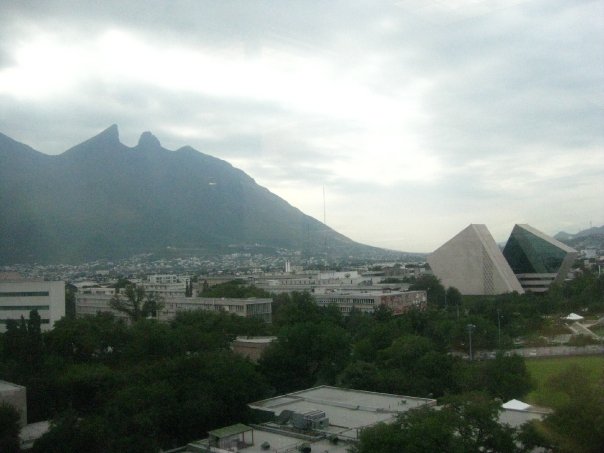
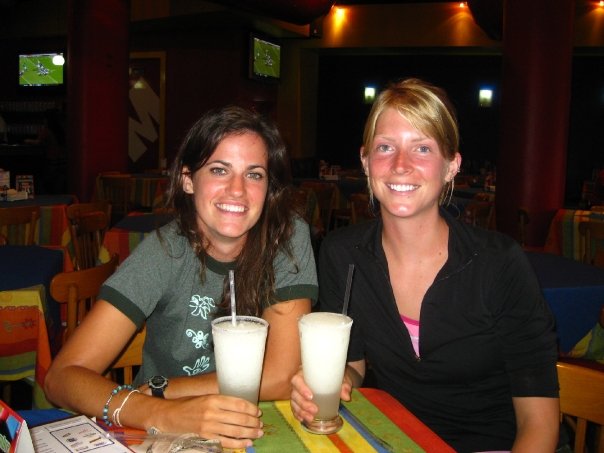
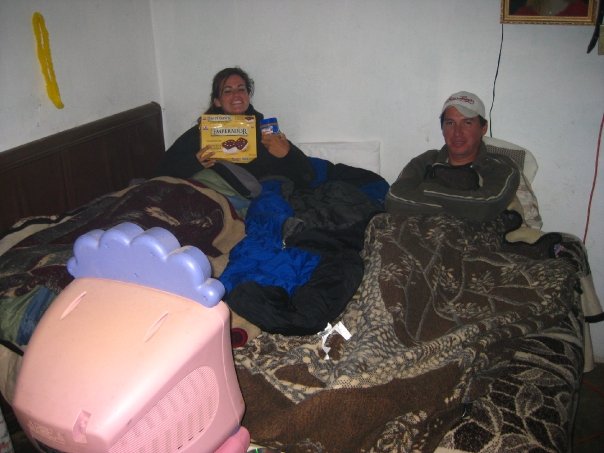

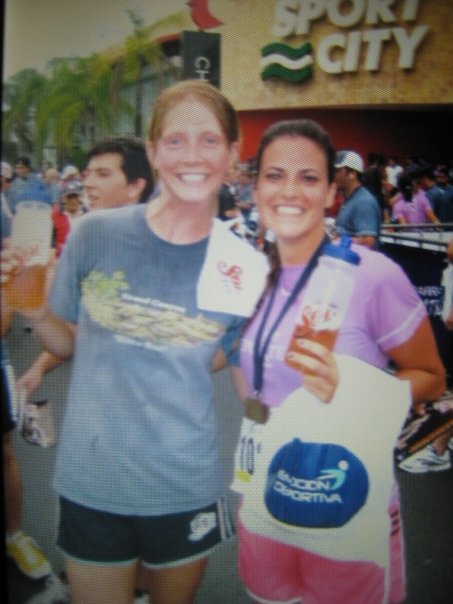




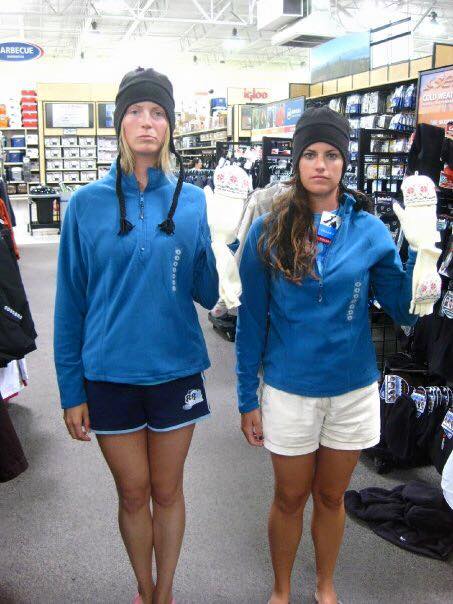


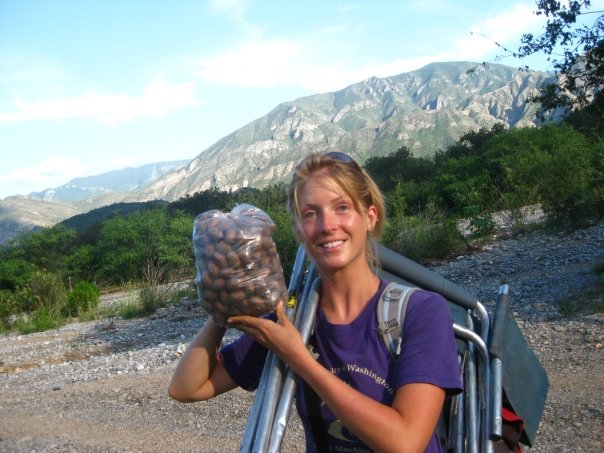
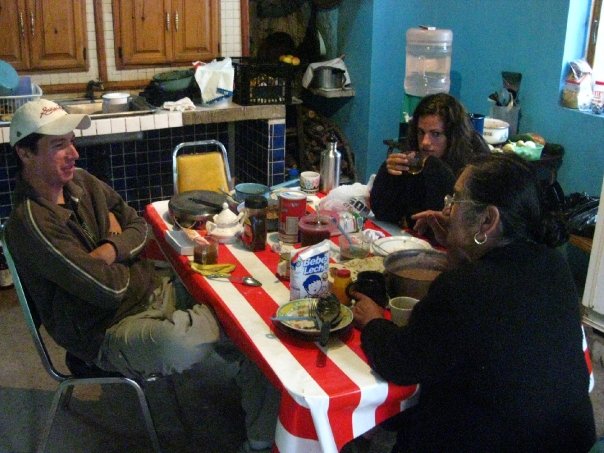
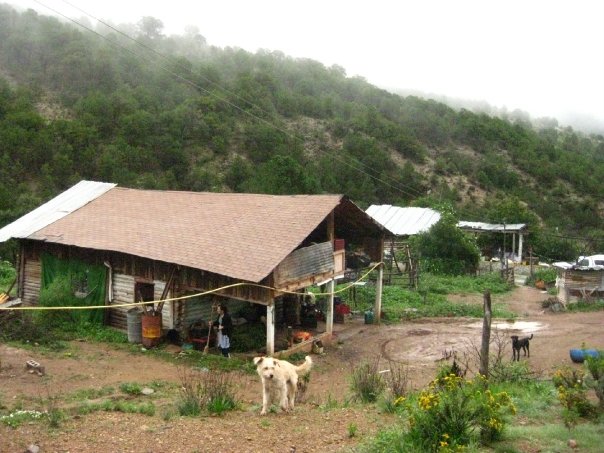

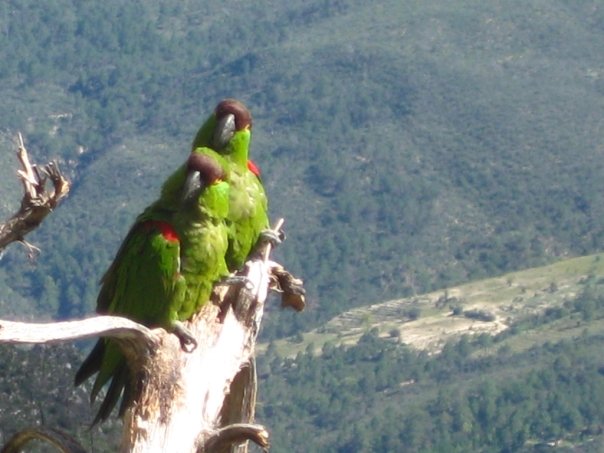
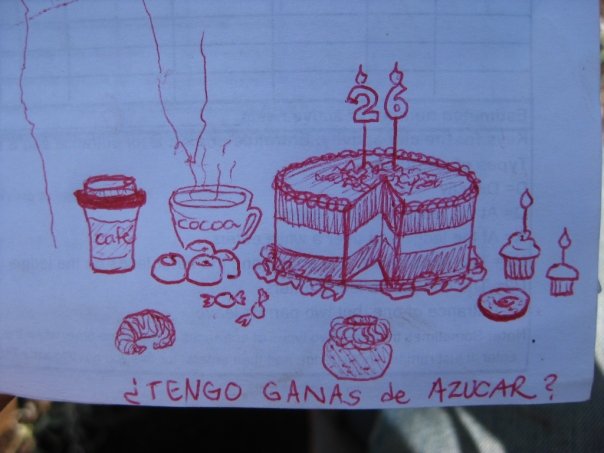

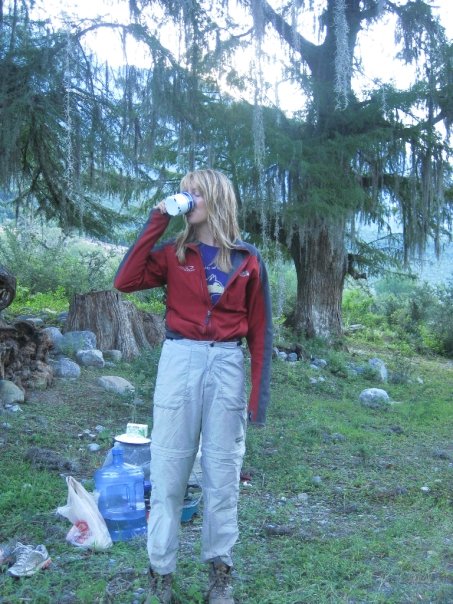







































Recent Comments